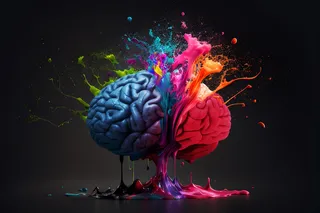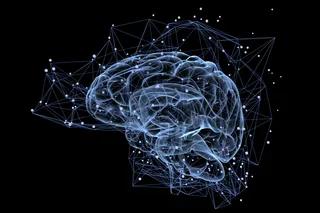You’ve probably heard that it’s extremely difficult for adults to learn a second language. You may even have proof: You tried it yourself, and it didn’t work. But maybe that’s because you took the wrong approach.
Stephen Krashen has a better idea. In the 1980s, Krashen, now professor emeritus at the University of Southern California, developed the Comprehensible Input Theory of language acquisition. The word acquisition, as opposed to learning, is key.
Learning is what you did in school: memorizing vocabulary lists and rules of grammar, taking tests, and awkwardly trying to pronounce Me llamo Juan or Comment vas-tu? Acquisition, on the other hand, is picking up a second language in more or less the same way you learned your first: by listening to and engaging with people speaking the language. Your brain does the rest without much conscious effort on your part.
In a sense, comprehensible input, or CI ...















